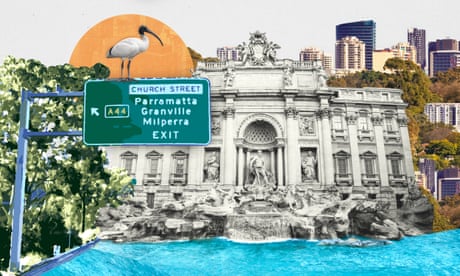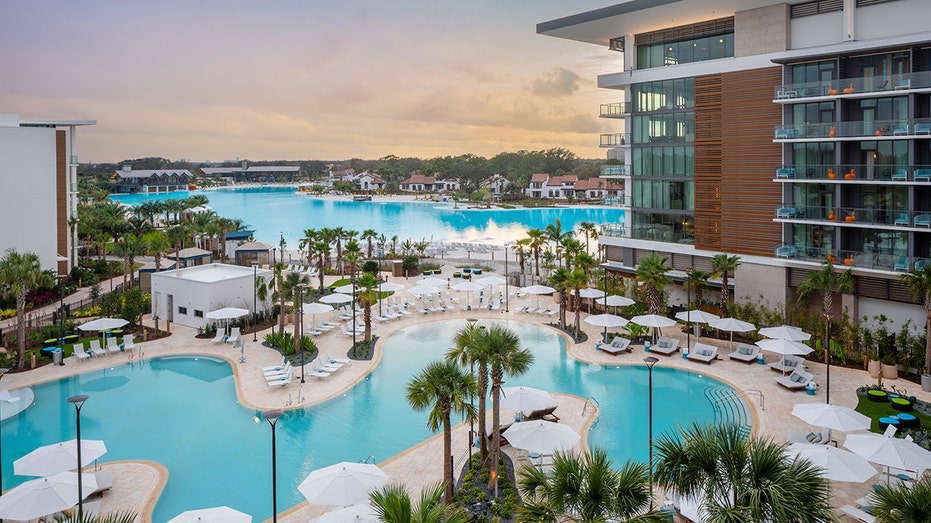- by foxnews
- 17 Nov 2024
Is it time to turn western Sydney into a city of fountains? It might help beat the heat
Is it time to turn western Sydney into a city of fountains? It might help beat the heat
- by theguardian
- 22 Jan 2023
- in news

The secret to more livable, cooler Australian cities may lie with the ancient Romans and a network of fountains like the Trevi and those in Piazza Navona, a new report on tackling urban heat has found.
Rome has a network of 2,000 fountains which draw huge crowds daily to enjoy their cooling effects in the dense city.
Sydney planners should take note, says the president of the Western Sydney Regional Organisation of Councils, Barry Calvert.
The study used sophisticated modelling and expertise in microclimatic research to evaluate the impact of urban heat mitigation technologies (greenery, water and cool materials) in western Sydney.
It then modelled specific sites in western Sydney to assess the impact of specific technologies, including reducing energy costs and heat-related deaths, which are up to three times higher in western Sydney during extreme heat events.
The NSW government is currently planning the new Western Parkland City around the second airport at Badgerys Creek, 60km west of the CBD.
The Aerotropolis, now renamed Bradfield, will eventually be home to 1.5 million people, but with temperatures 6C to 10C higher than the coast, the region presents a challenge to ensure it does not become a heat island, with an unhealthy microclimate.
The emphasis so far has been on creating a tree canopy, though the early plans also aim to retain creeks and waterways and avoid building in flood plains.
The new study urges a focus on water infrastructure to enable greater cooling and the use of materials that have a high reflective (albedo) score.
That will require planning to ensure the reuse of water and measures such as banning black roofs and dark road surfaces.
The study used experimental data about the urban heat island effect from 101 Australian and Asian cities to understand how the phenomenon worked.
The study found that higher reductions in temperatures have been achieved by the scenario of water-based technologies combined with cool materials.
Based on data from the summer of 2016-17, when there were severe hot spells, the modelling showed that combined use of cool materials and water could lower the cumulative heat-related deaths in the far west from 14 to approximately 7.5 deaths per 100,000 inhabitants.
Closer to the coast, heat-related deaths could be lowered to approximately five deaths per 100,000 inhabitants.
Calvert said investments in water supply services and infrastructure could help cities become more resilient to global warming and heatwaves.
- by foxnews
- descember 09, 2016
New hotels for family-friendly travel in America, from Florida to Tennessee and more
Newly opened U.S. hotels in Florida, South Carolina and other states could provide endless fun for families no matter the season. Check out these 10 family-friendly oases.
read more


